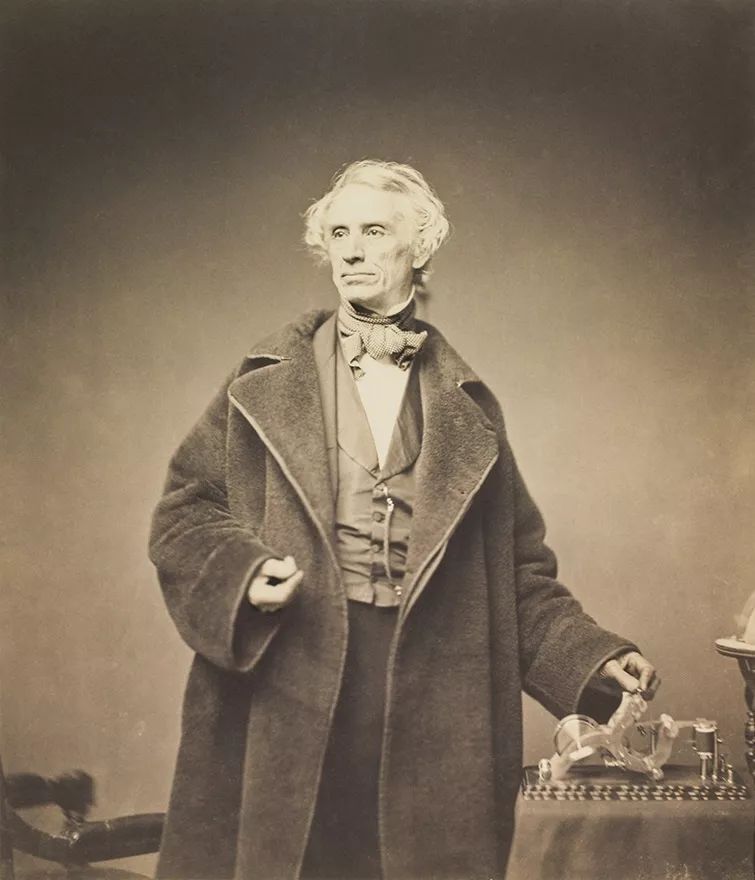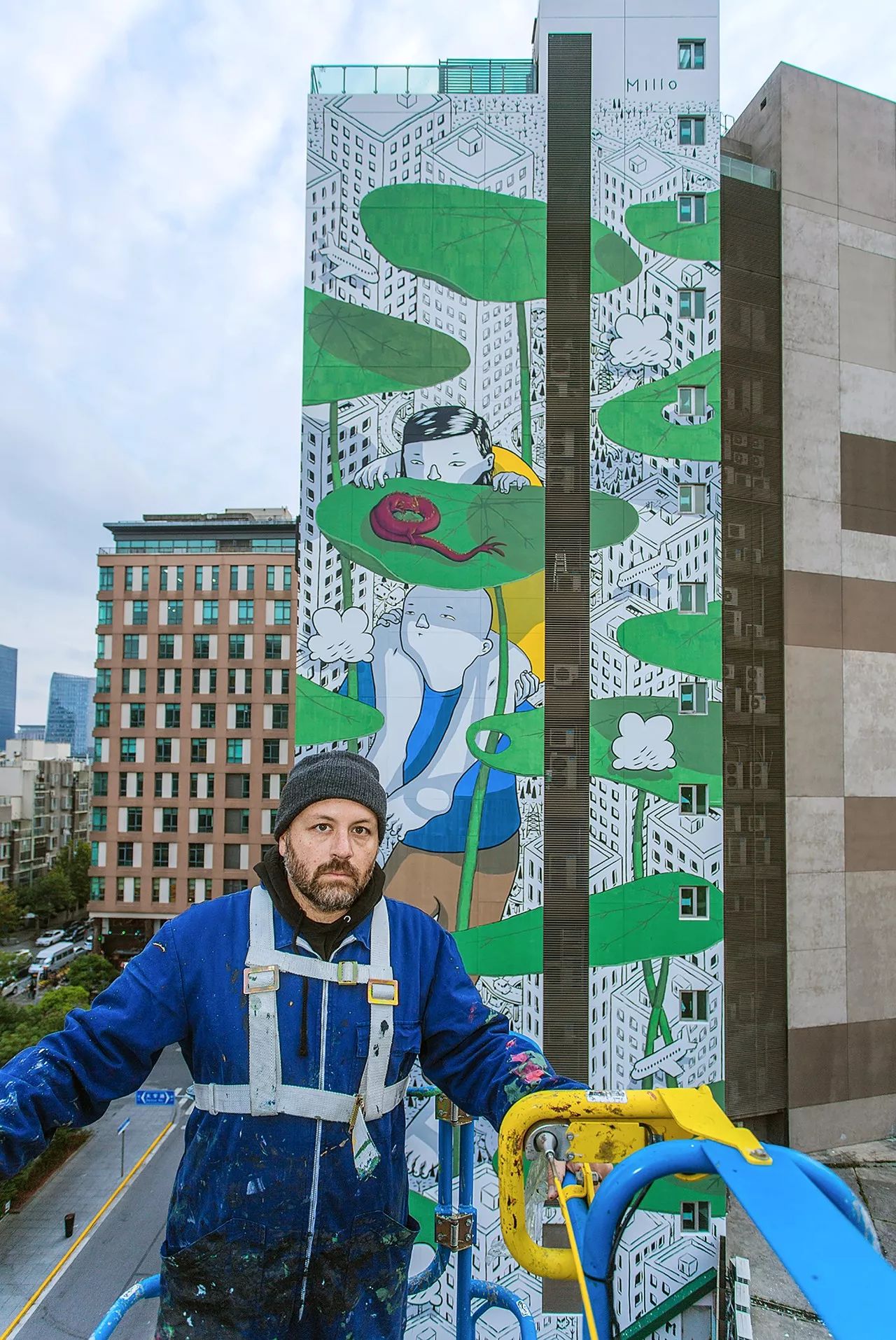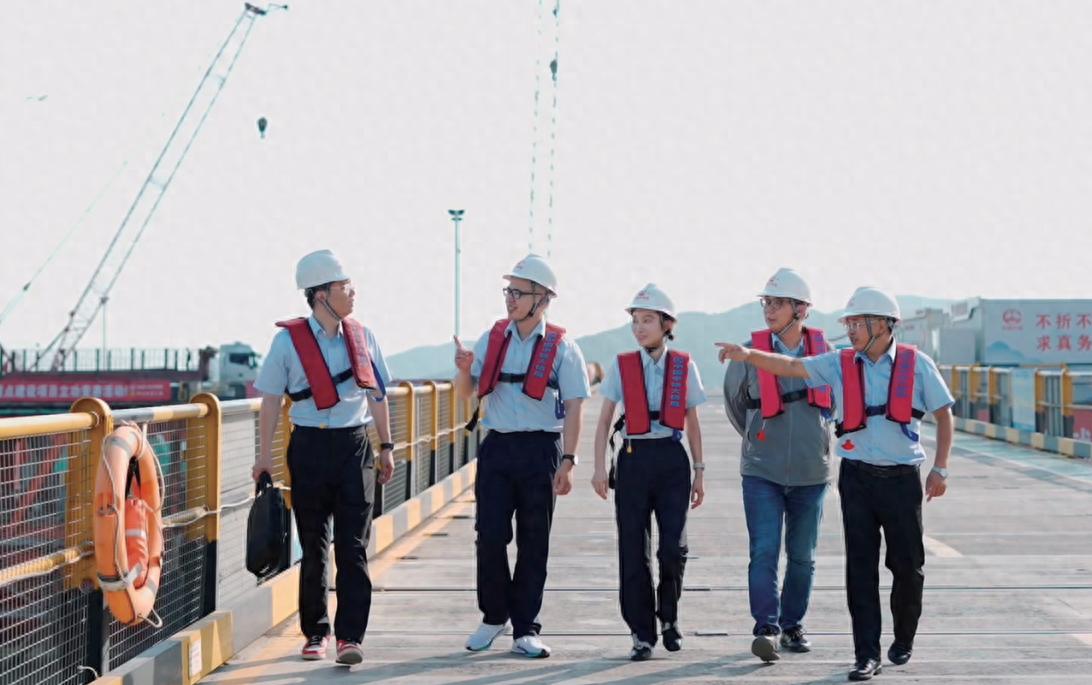Chapter 1
第一章
Always Curious
总是好奇
Thomas Alva Edison was born on February 11, 1847, on a cold snowy night in Milan, Ohio. His parents, Nancy and Samuel, named him Thomas after his great-uncle and Alva after Captain Alva Bradley, a good friend of his father. The family didn’t call him Tom or Tommy. They called him Al.
托马斯·阿尔瓦·爱迪生,1847年2月11日出生在俄亥俄州米兰的一个寒冷的雪夜。他的父母,南希和塞缪尔,以他叔公托马斯和他父亲的好朋友阿尔瓦·布莱德利船长的名字,为他起名托马斯·阿尔瓦。但家人没有叫他汤姆或汤米的。他们叫他阿尔。
Little Al wanted to find out everything about the world around him. He went about it like a scientist doing an experiment. He didn’t just ask questions; he liked to find out the answers himself.
小阿尔想了解周遭世界的一切。他像科学家一样做实验。他不只是问问题,他喜欢自己找答案。
Once Al broke open a bumblebee’s nest to see what was inside.
有一次,阿尔打开了一个蜂巢,想看看里面有什么。
Another time he watched birds eat worms and fly off. So Al made a mixture out of water and mashed worms. Then he gave it to a neighbor girl to drink. He wanted to see if eating worms would make her fly. But it just made her sick, and Al got a licking with a birch branch.
还有一次,他看见鸟儿吃完虫子,然后飞走了。于是,阿尔就用水和捣碎的虫子做出一种混合物,然后给一个小女孩喝。他想看看吃虫子能不能让她飞起来。但它只是让她恶心,而阿尔被用桦树枝好一顿痛打。
Nothing stopped Al—not bees, not a licking, not even falling into a grain-storage bin. He was walking around the rim of the bin when he fell in. Luckily someone pulled him out by the legs just before he was buried under the wheat.
没有什么能阻止阿尔 —— 蜜蜂、痛打、甚至是掉进粮食储藏箱。有一次他沿着储藏箱的边缘走,结果掉了进去。幸亏有人拉住了他的腿,在他被埋进麦子里之前,把他拽了出来。
Al’s father owned a small grain and timber mill in Milan. Boats like Captain Alva Bradley’s carried timber down from Canada across Lake Erie, down the Huron River and through the Milan Canal. There it was cut into logs and planks at mills like Mr. Edison’s.
阿尔的父亲在米兰拥有一家小型谷物和木材加工作坊。像阿尔瓦·布拉德利船长这样的船,会穿过伊利湖,沿着休伦河,穿过米兰运河,从加拿大运来原木。之后它们会在像爱迪生先生家这样的作坊里,被切成木材和木板。
Trucks and cars had not yet been invented, and trains didn’t come to Milan. But one day a railroad line was built. Trains started chugging into town, and the canal wasn’t so important anymore. The railroads were faster and easier to use for carrying things around the country. So when Al was seven, the family moved to a new home in Port Huron, Michigan, more than a hundred miles north of Milan.
卡车和汽车那时候还没有发明出来,火车也不来米兰。但是有一天,建起了一条铁路。火车开始驶入镇子里,运河就不再那么重要了。铁路速度更快,更便于将货物运往全国各地。因此,在阿尔七岁时,全家人搬到了密歇根州休伦港的新家,位于米兰以北一百多英里。
They lived in a big house on the St. Clair River. Al’s father did lots of things to earn a living. He worked as a carpenter. He ran a grocery store. He had a vegetable garden. He tried farming. He even built a 100-foot tower overlooking the river. For twenty-five cents, anyone could climb up and watch the boats go by.
他们住在圣克莱尔河上的一所大房子里。阿尔的父亲为了谋生,做过许多事。他做过木匠,开过一家杂货店,种过菜园。他尝试过务农,甚至造过一座俯瞰河流的100英尺高的塔楼。只要二十五美分,任何人都可以爬上去,看过往的船只来回穿梭。
The Edisons had only been there a short time when Al caught scarlet fever. It was a serious illness back then without the medicines used today. He ran a high fever. A red rash broke out on his skin. Al got better, but he realized that he couldn’t hear as well as he used to, probably because of the scarlet fever.
爱迪生一家在那里住了没多久,阿尔就染上了猩红热。当时,这是一种严重的疾病,没有像今天可用的药物。他发起了高烧,皮肤上出现了红疹。阿尔好转了,但他意识到听力不像以前那么好了,可能是因为猩红热的缘故。
In school, the teacher complained that Al didn’t pay attention. He would drift off. Maybe he was bored, or maybe he just couldn’t hear everything.
在学校,老师抱怨阿尔注意力不集中。他会走神。也许他感觉很无聊,或者他就是什么也听不见吧。
One day eight-year-old Al heard his teacher telling someone that he was “addled.” He meant Al’s brain was scrambled. When Al told his mother, she was furious. She took him out of school and began teaching him at home.
一天,8岁的阿尔听到他的老师告诉别人,说他“一团浆糊”。他的意思是,阿尔的脑子混沌不清。阿尔告诉了母亲,她很生气。她带他离开学校,开始在家教他。
Al loved to read. How surprised his teacher would have been to see the difficult books his mother gave to him. Books about history, nature, and science. He read them just as fast as he could. One book was a favorite. It was called A School Compendium of Natural and Experimental Philosophy. It was a science book. It talked about electricity, batteries, electrical toys, and a lot more. It had simple experiments.
阿尔喜欢读书。如果他的老师能看到母亲给他看到书有多难,一定会惊讶不已的。 历史、自然和科学书籍。他尽可能快地读书。有一本书最受他欢迎,书的名字叫《自然与实验哲学教学汇编》。那是一本科学书。它讨论了电力、电池、电动玩具还有更多的内容。书里有简单的实验。
Al got so excited, he started doing experiments all over the house. He used stuff like feathers, beeswax, and chemicals from the drugstore. His bedroom was full of jars and bottles. Finally his mother sent him to the basement to set up his own lab.
阿尔非常兴奋,他开始在房子里到处做实验。他用过各种物品,像药店里的羽毛、蜂蜡和化学药品之类的东西。他的卧室里到处是瓶瓶罐罐。最后,母亲把他打发到地下室去了,让他建起了自己的实验室。
One part in the book interested Al most of all. It was about Morse’s telegraphic alphabet. Morse was the name of a code. It was used to send messages over telegraph wires. There were no telephones yet. You couldn’t talk to someone far away. But you could send messages that reached them quickly.
书中有一部分最让阿尔感兴趣。它是关于摩尔斯的电报字母表。摩尔斯是一种代码的名称。它被用来通过电报线发送信息。那时还没有电话,你无法和远方的人说话。 但是,您可以发送能快速到达他们身边的消息。
Samuel Morse made up the code. Instead of using letters and numbers, he used dots and dashes to send messages that became known as telegrams. The railroad played a big part because the telegraph wires that carried telegrams were strung on poles along the railroad tracks. An operator in a railroad station could wire ahead if schedules changed, or if there was an accident or a delay of some kind. Telegraphy made the trains safer.
发报员用一块板子上的金属键,敲出一则圆点和破折号构成的消息;消息沿着电线飞奔,以电脉冲传到下一个车站。这些圆点和破折号在一卷之上被凹刻或切出来。收报员用莫尔斯电码解码,再用文字把消息写下来。
An operator tapped out a message of dots and dashes with a metal key on a board. The message raced along a wire as electrical pulses to the next station. The dots and dashes were notched, or cut, into a roll of paper. An operator decoded the message using Morse code, and wrote down the message in words.
发报员用一块板子上的金属键,敲出一则圆点和破折号构成的消息;消息沿着电线飞奔,以电脉冲传到下一个车站。这些圆点和破折号在一卷之上被凹刻或切出来。收报员用莫尔斯电码解码,再用文字把消息写下来。
Telegrams were expensive, so mostly businesses sent them. But people sent them too for news they wanted to get to their families and friends fast, like the birth of a new baby.
电报很贵,所以发电报的大多数是企业。但普通人若想尽快通知家人和朋友某则消息,比如新生儿出生,也会发电报。
Al couldn’t wait to try it. He made a simple telegraph key, and he began learning Morse code. He even set up a wire between his house and a friend’s house nearby. As they learned the code they began sending messages back and forth.
阿尔迫不及待地想尝试。他做了一个简单的电报键,然后开始学习摩尔斯密码。他甚至在自己家和附近一个朋友家之间,拉起了一根电线。当他们学会代码后,就开始来回发送消息。
Soon Al would go to work on the railroad. It was there that his interest in telegraphy grew much more serious.
不久,阿尔就会去铁路部门工作。正是在那里,他对电报的兴趣变得愈发认真了。
TIPS
MORSE CODE
摩尔斯电码
SAMUEL MORSE WAS BORN IN CHARLESTOWN, MASSACHUSETTS. HE WAS A PORTRAIT PAINTER FOR THE FIRST HALF OF HIS LIFE.
萨缪尔·摩尔斯出生于马萨诸塞州的查尔斯顿。他的前半生是一位肖像画家。
MORSE WAS ALWAYS INTERESTED IN SCIENCE, ESPECIALLY ELECTRICITY. HE WAS FORTY-ONE YEARS OLD WHEN HE HAD AN IDEA. WHAT ABOUT SENDING MESSAGES IN CODE THROUGH A WIRE? THE IDEA CAME TO HIM WHILE HE WAS ON A SHIP, TRAVELING HOME FROM FRANCE, WHERE IT HAD TAKEN A WHOLE MONTH FOR A LETTER TO REACH HIM FROM AMERICA.
摩尔斯一直对科学感兴趣,特别是电学。他四十一岁时产生了一个想法。用密码通过电线来传送消息,怎么样?他想出这主意的时候,正在一条船上,从家乡到法国去旅行;在那里,收到一封从美国寄出的信,要花整整一个月的时间。
THE SIMPLE INSTRUMENT HE BUILT IN 1837 WORKED THE VERY FIRST TIME. BUT IT WASN’T UNTIL 1844 THAT HE COULD SEND THE FIRST “OFFICIAL” TELEGRAM. MORSE TAPPED OUT WORDS FROM THE BIBLE: “WHAT HATH GOD WROUGHT?” IT WENT FROM WASHINGTON, D.C., TO BALTIMORE, MARYLAND, THIRTY-FOUR MILES AWAY. IT TOOK LESS THAN A SECOND TO TRAVEL THROUGH THE WIRE.
他在1837年制作的简单仪器,第一次就成功了。但直到1844年,他才得以发出第一封“正式”电报。摩尔斯拍发了圣经里的话:“上帝锻造出何物?” 这消息从华盛顿特区发往马里兰州的巴尔的摩,两地距离三十四英里。消息在电线里的旅行时间不超过一秒钟。

Samuel Morse
限 时 特 惠: 本站每日持续更新海量各大内部创业教程,一年会员只需98元,全站资源免费下载 点击查看详情
站 长 微 信: lzxmw777






